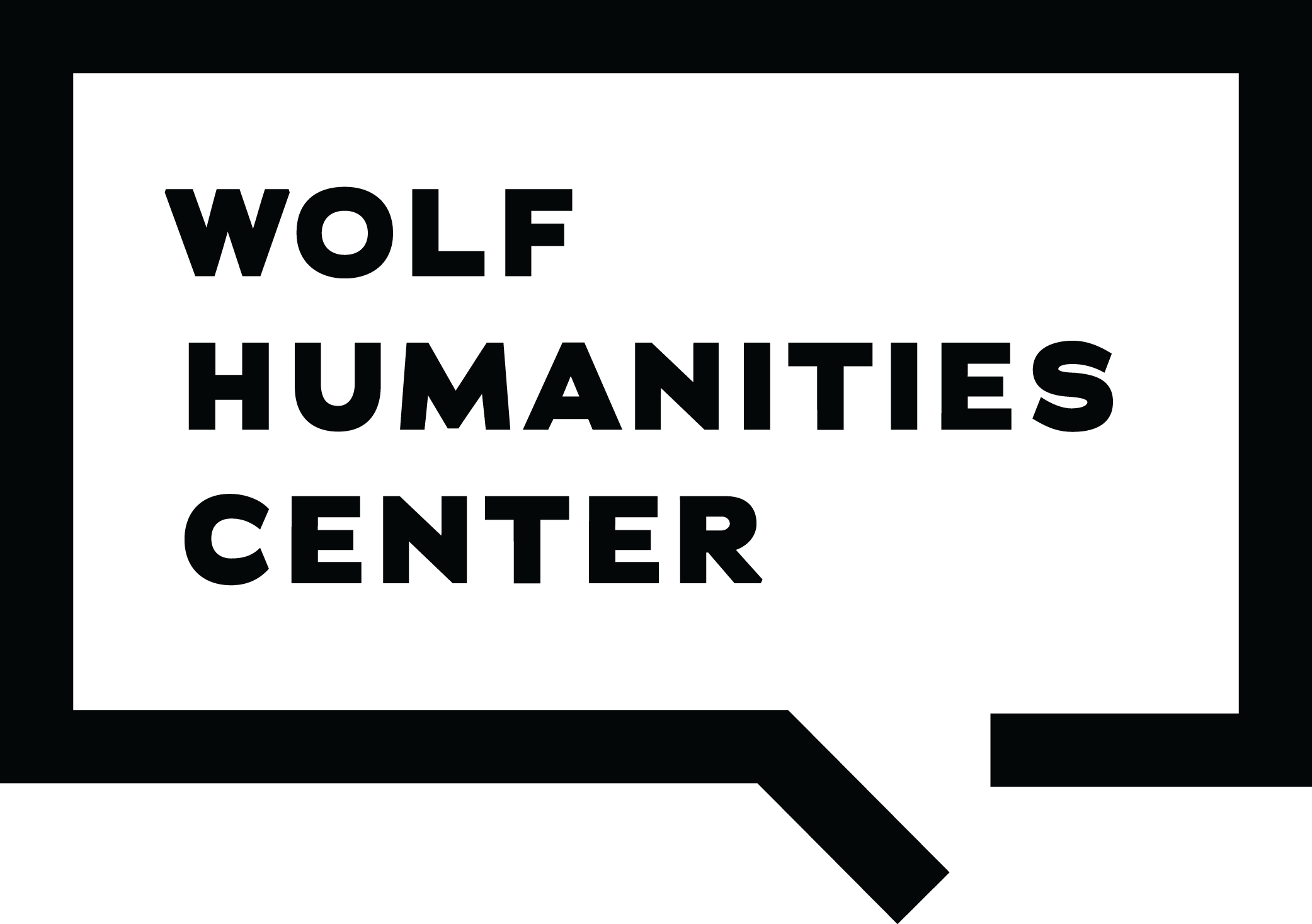Marshall McLuhan is one of the most recognized cultural theorists of the 20th century. His books Understanding Media, The Guttenberg Galaxy, and The Medium is the Massage are landmark texts that distilled the rapid changes in technology, communication and philosophy in the increasingly global society of post-war America. As television became a popular medium throughout the 1960s, McLuhan recognized its potential for social transformation and conjured a utopian ideal that incorporated art, communication and technology.
Inspired by McLuhan and the advent of portable video cameras such as the Sony Portapak, artists set out to experiment with the burgeoning medium and reconfigure the seemingly one-directional effect of television. Active participants of the newly emerging media ecosystem include Nam June Paik, Les Levine, Steina and Woody Vasulka and groups such as USCO, Global Village and Raindance Corporation.
"Mixed Messages" is a thorough examination of the relation between McLuhan’s ideas and the film and video art he inspired over the past 50 years. The program, which coincides with the centennial year of McLuhan’s birth, includes short films ($) and a free half-day panel discussion with media artists Peter d’Agostino, Tom Sherman, and Gerd Stern.
Friday, 30 March | 7:00p
The Medium is the Medium
dir. Frank Barczyk, US, 1969, video, 28 mins, color
Produced by WGBH-TV in Boston, The Medium is the Medium is one of the earliest and most prescient examples of the collaboration between public television and the emerging field of video art in the US. WGBH commissioned artists Allan Kaprow, Nam June Paik, Otto Piene, James Seawright, Thomas Tadlock, and Aldo Tambellini, to create original works for broadcast television. Their works explored the parameters of the new medium, from image processing and interactivity to video dance and sculpture.
US
dir. Jud Yalkut, US, 1966, 16mm, 16 mins, color
A poetic documentary of the USCO multimedia group, a pioneer art and technology commune of which the filmmaker was an active part. US centers on the building of the tabernacle of The Church of The Living God. A spiritual and aesthetic meditation environment that was both unique and groundbreaking, the Church was incorporated as a free church in the State of New York in Garnerville in 1966.
Turn Turn Turn
dir. Jud Yalkut, US, 1966, 16mm, 10 mins, color, sound by USCO
A kinetic alchemy of the light and electronic works of Nicolas Schoffer, Julio Le Parc, USCO, and Nam June Paik, this film is an exploration of the effect-versus-content thesis of Marshall McLuhan's 'the medium is the message/massage’. "Turn Turn Turn, a film of the eye-shattering, flashing, rotating light sculptures programmed by USCO to Turn Turn Turn the popular song into a rich electronic fugue on the word NOW: Let's take the OW out of NOW; let's turn the NO out of NOW." –Film Quarterly
Saturday, 31 March
2:00p | Panel Discussion
This panel discussion further investigates the influence of Marshall McLuhan within the realm of moving image art. Join media artists Peter d’Agostino, Tom Sherman and Gerd Stern for a lively discussion ranging from the origins of intermedia art practice to issues of participation and dissemination in media art works. The session will be moderated by Rebecca Clemen (EAI) and is free and open to the public.
Peter d’Agostino
Video/Media Artist, Professor of Film and Media Arts, and Director, NewTechLab Temple University, Philadelphia, Pennsylvania
Tom Sherman
Video/Media Artist, Professor of Art Video, Department of Transmedia, College of Visual and Performing Arts, Syracuse University, Syracuse, New York
Gerd Stern
Poet/Media Artist, Founder, Art/Technology Collective, USCO (The Company of Us), and President, Intermedia Foundation
8:00p | This Is Marshall McLuhan: The Medium Is the Massage
dir. Ernest Pintoff, US, 1967, 16mm, 56 mins, color
Originally broadcast in 1967 as part of NBC’s “Experiments with Television,” this portrait of Marshall McLuhan is far from the typical television documentary. Featuring performances by Nam June Paik and Charlotte Moorman, commentary by Allan Kaprow and Malcolm Morely and a host of pop culture icons, This is Marshall McLuhan innovatively captures the media environment McLuhan so eloquently describes.
10:00p | Videodrome
dir. David Cronnenberg, US/Canada, 35mm, 1983, 87 mins, color
Aside from his brief appearance in the 1977 Woody Allen film Annie Hall, Marshall McLuhan’s most notorious film “appearance” was in this sci-fi/horror film; David Cronenberg based the character Professor Brian O’blivion on McLuhan (Cronenberg was a student at University of Toronto when McLuhan was a lecturer there). As the main character Max Renn, played by James Woods, digs deeper into a mysterious and disturbing television transmission his conception of what is real and what is fantasy merge into a frightening nightmare for the electronic age. The film gives new meaning to the concept of media manipulation.
preceded by | A Message from Our Sponsor
dir. Al Razutis, Canada, 1979, 16mm transfer to video, 9 mins, color
Using only “appropriated footage'” (unlicensed, copied, etc.), A Message from Our Sponsor deals with television and its mythologies – the fetishization of violence through competition (seen as a dominant historical process in American culture) and the fetishization of sexuality through consumption.
The claustrophobia of media "reality" – compartmentalized into game shows, movies, news reports, commercials – is presented as continuous interchangeable spectacle. This film looks at the ideology of misrepresentation, the turning of facts into icons, history into myth. It analyzes the media's meta-language, especially the image of woman as spectacle and commodity; and the psychology and economics of male voyeurism. –Al Razutis



